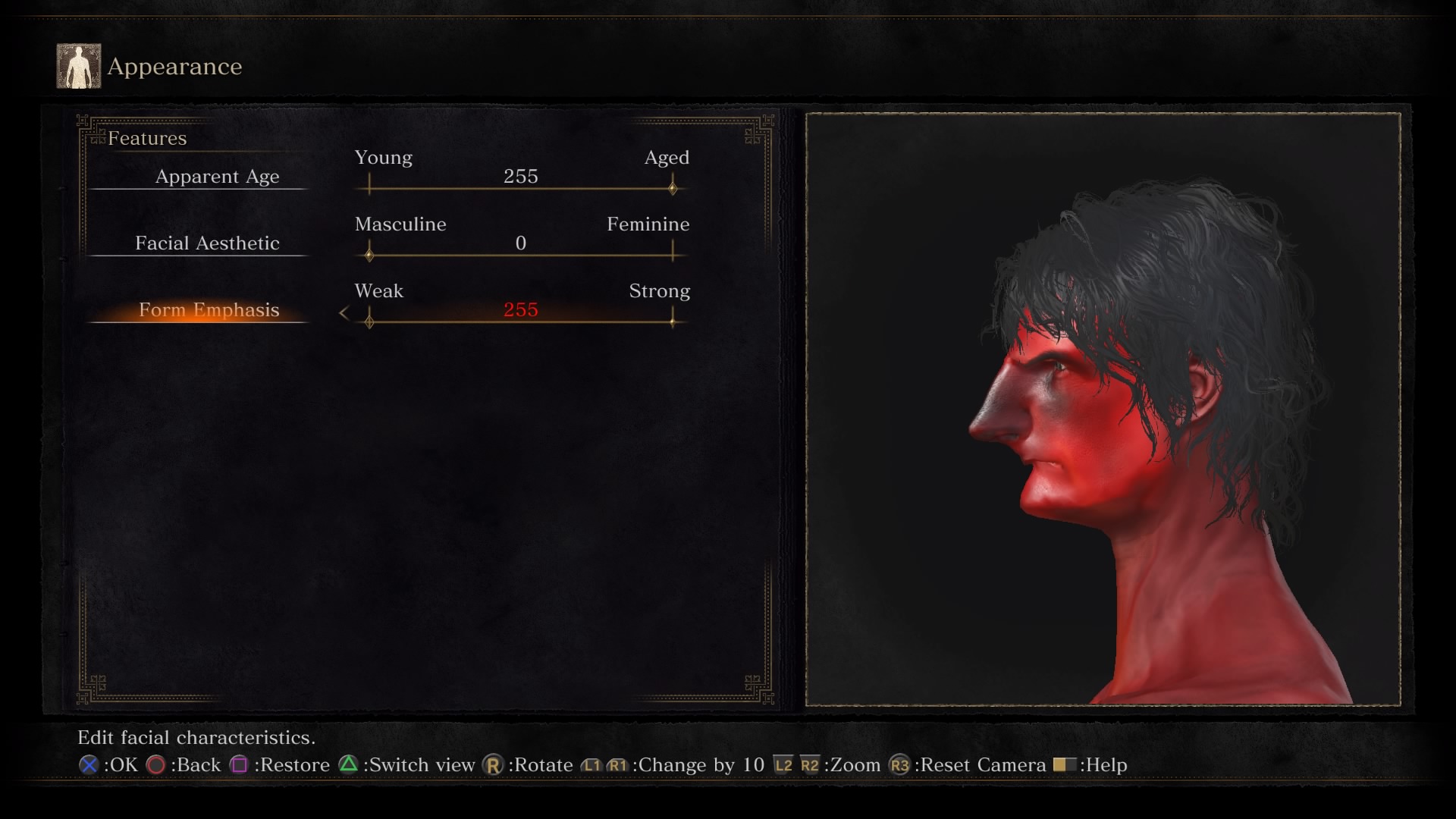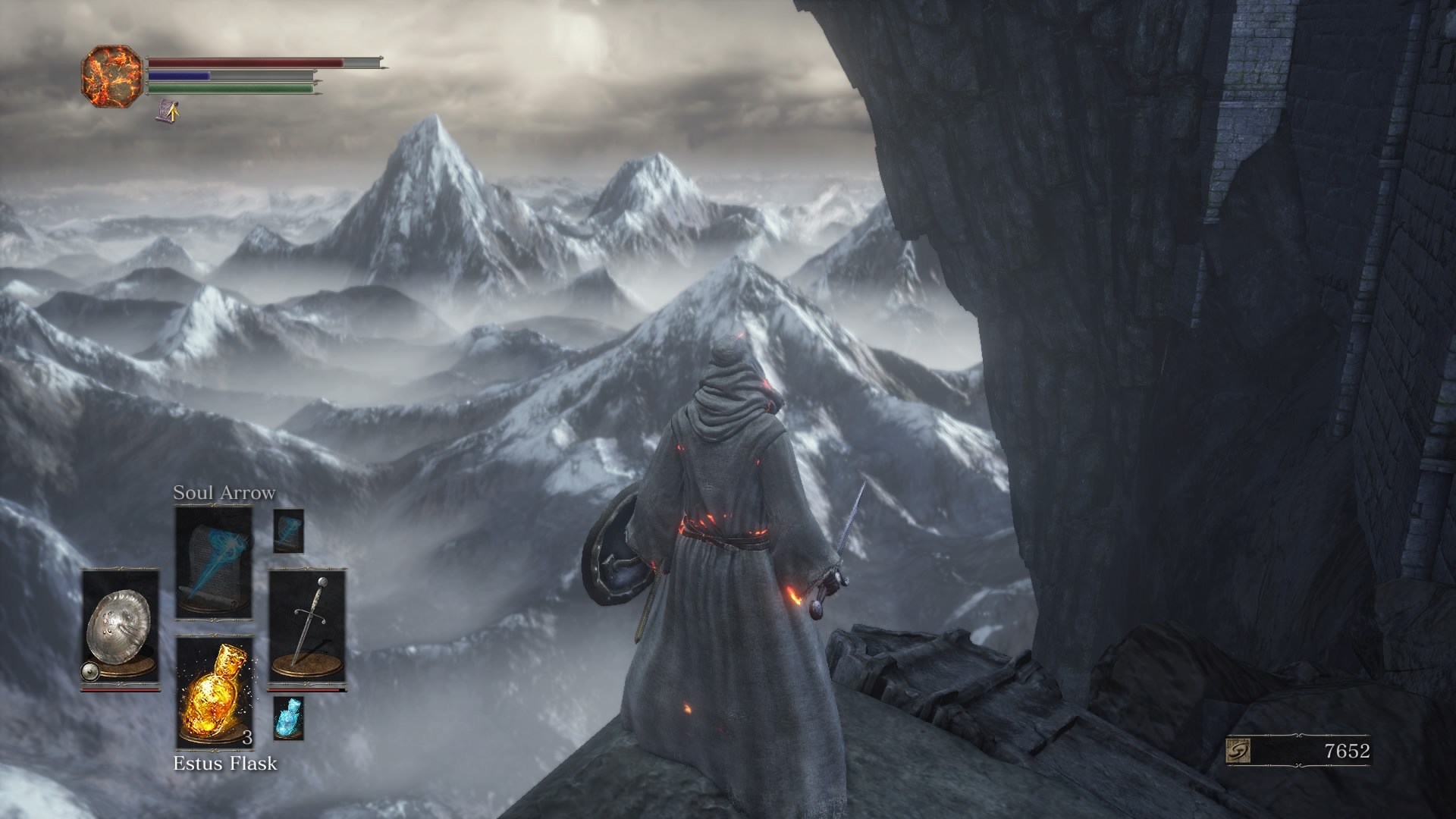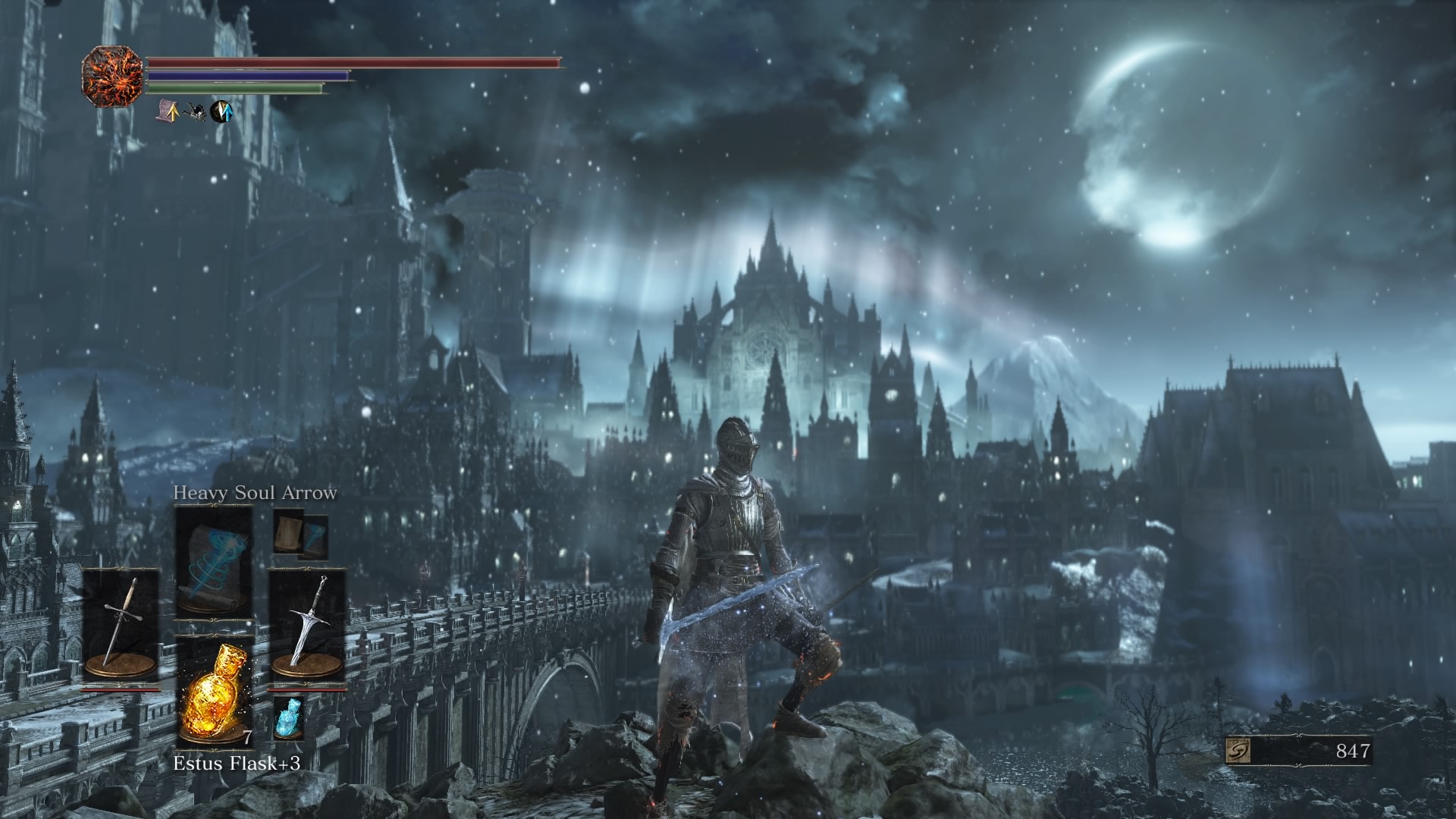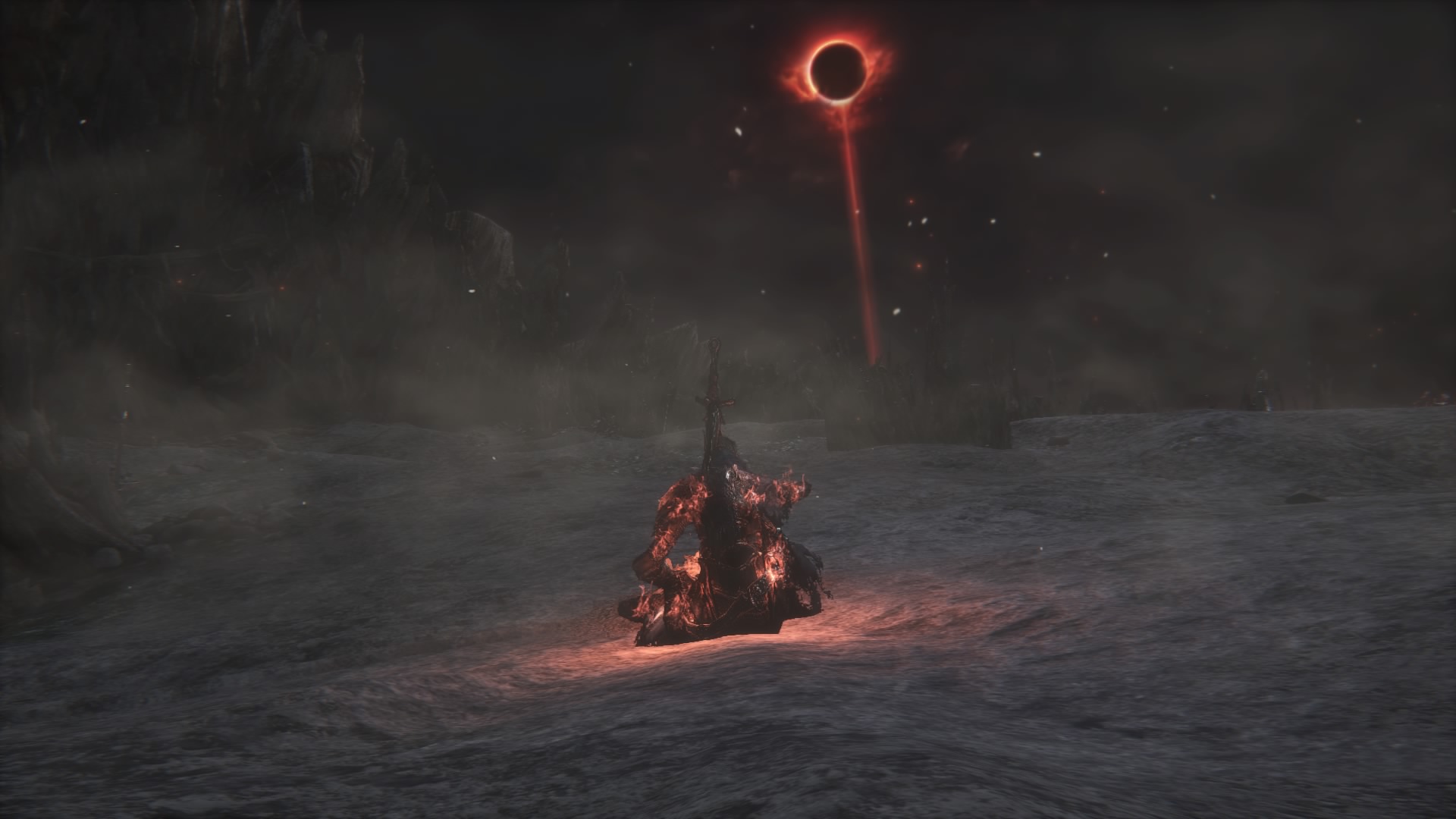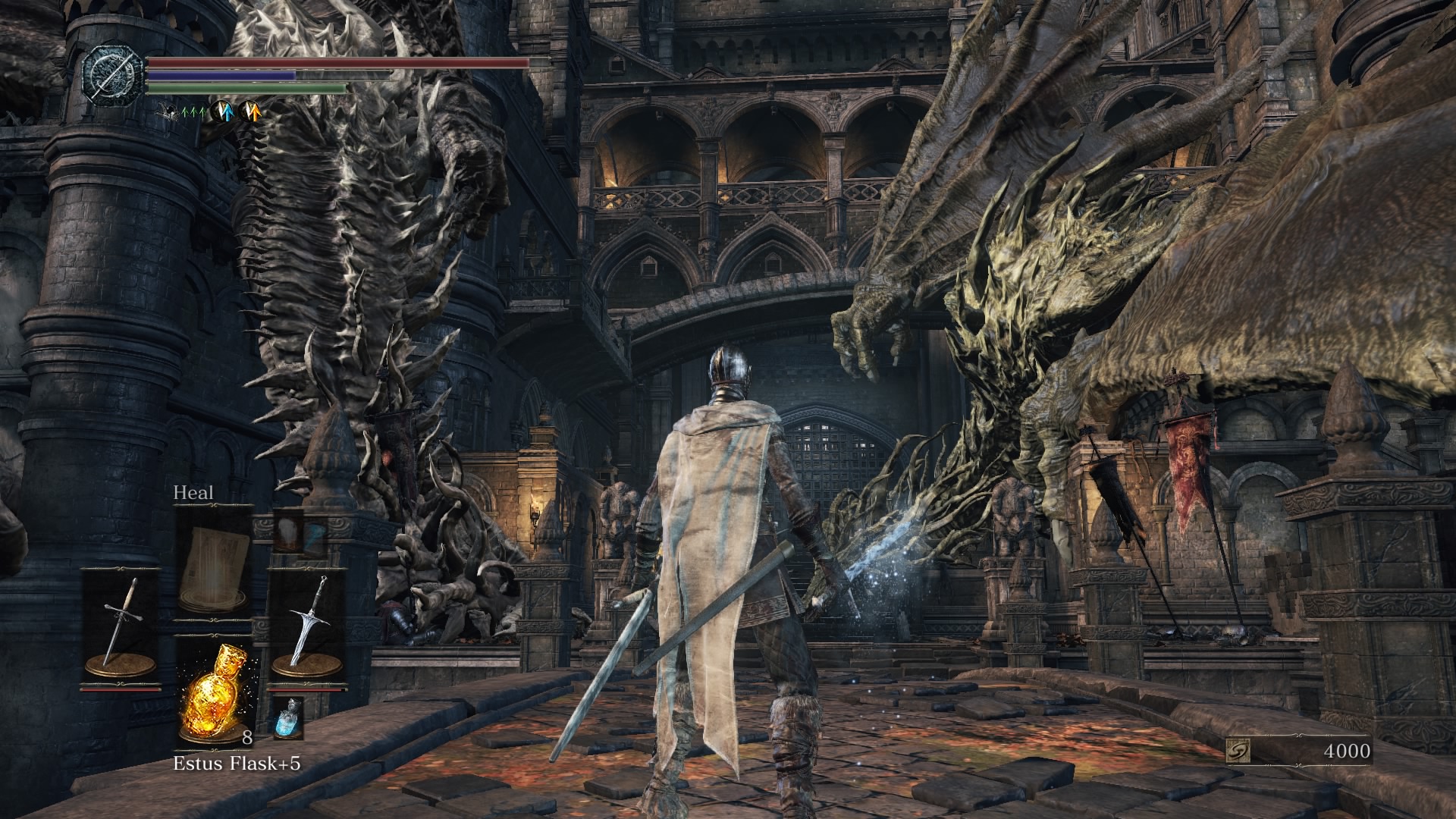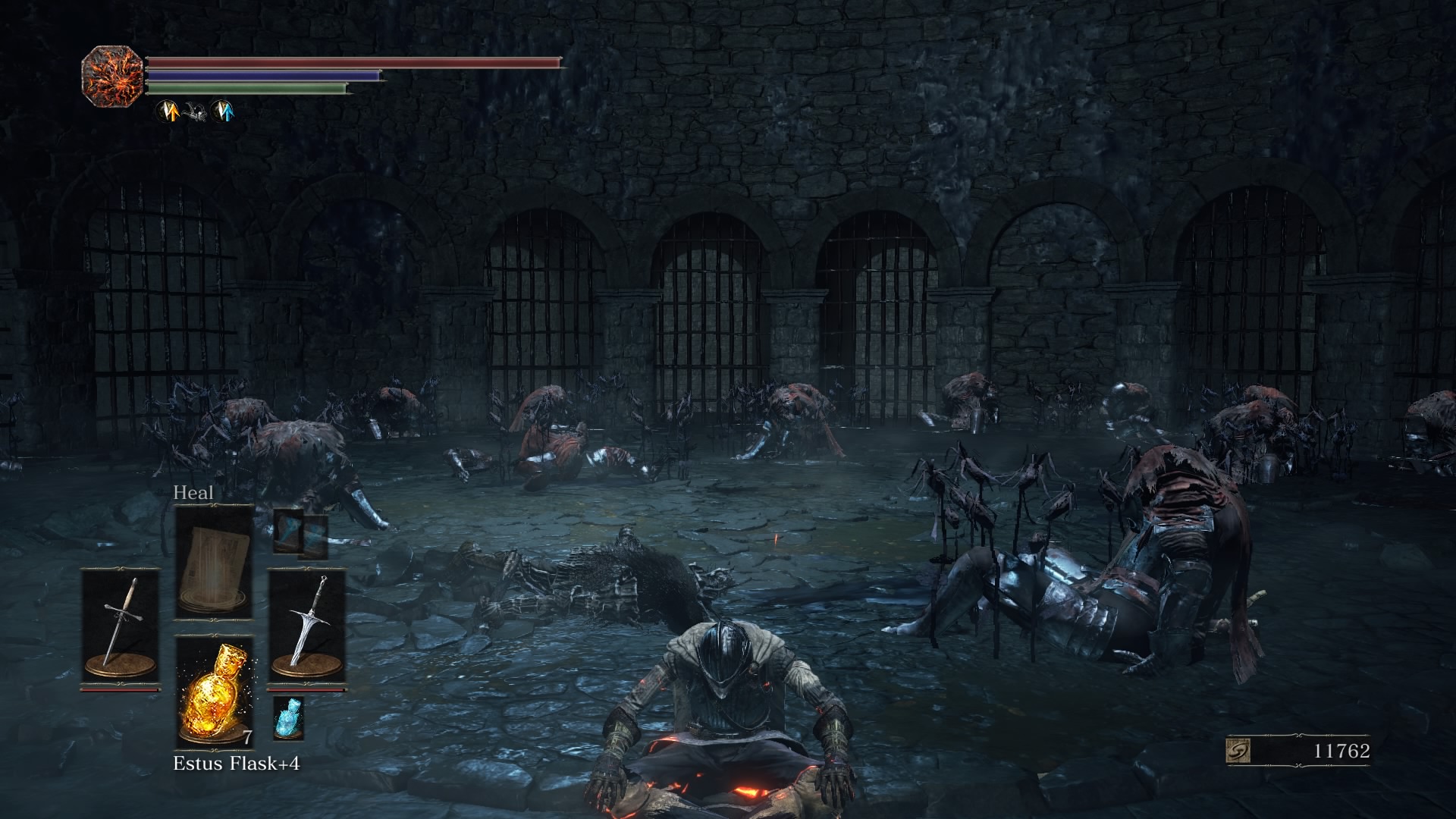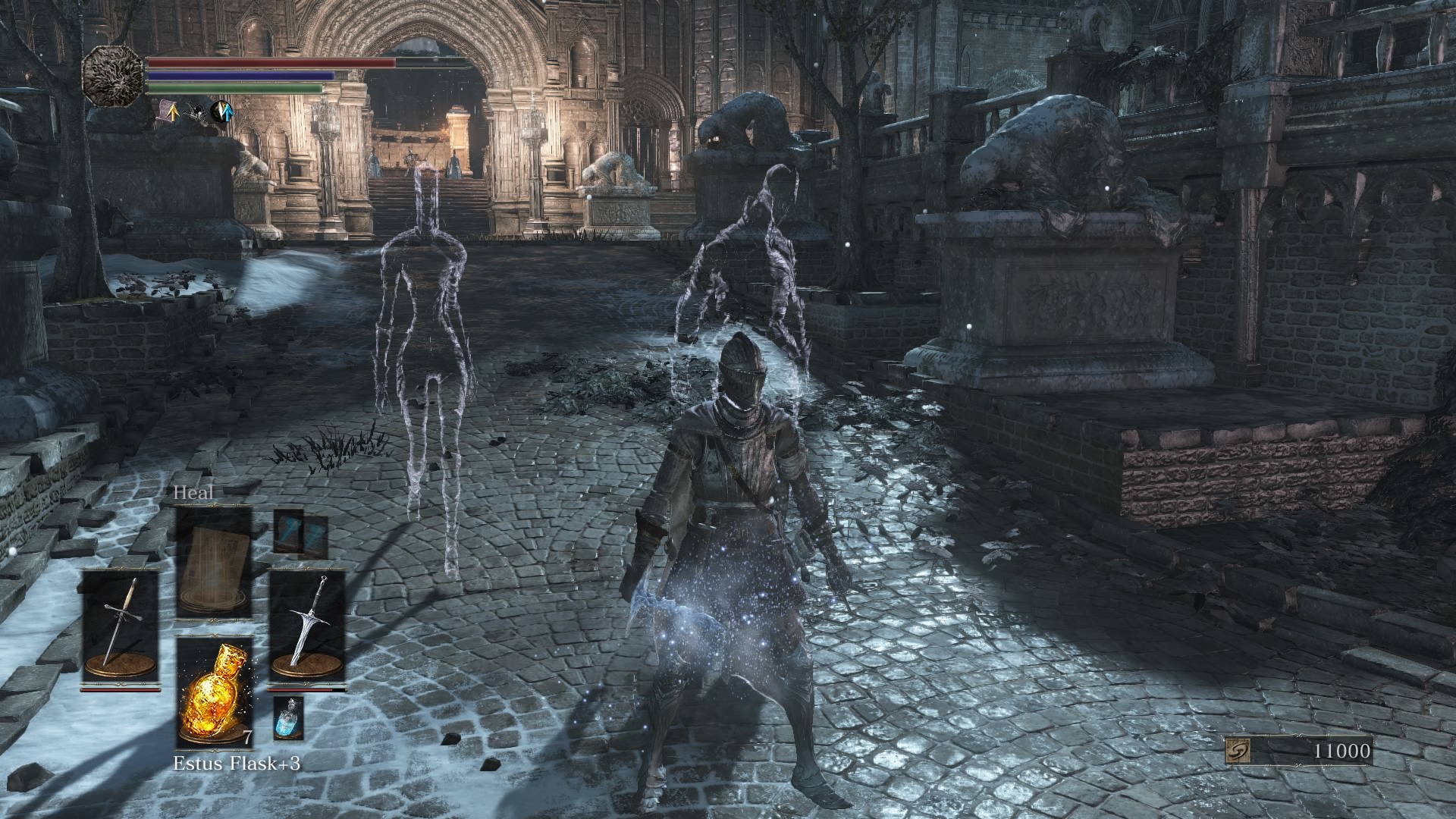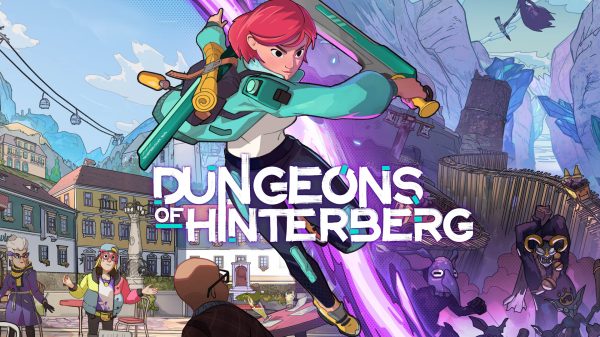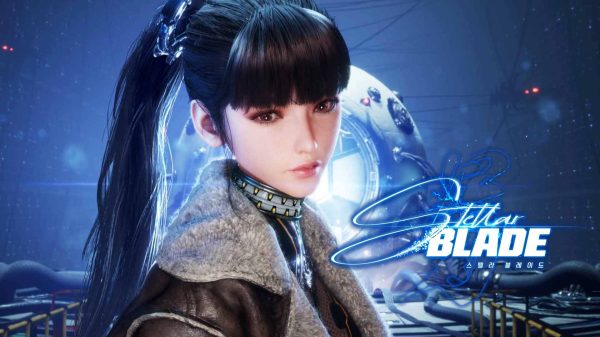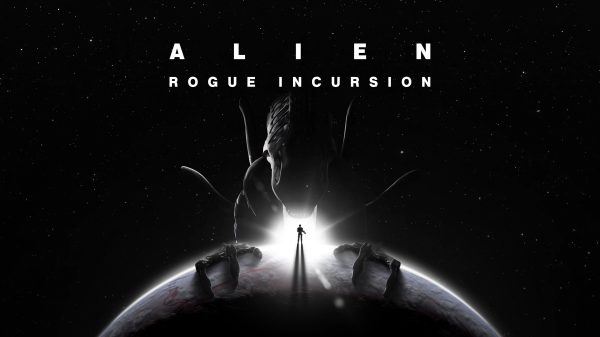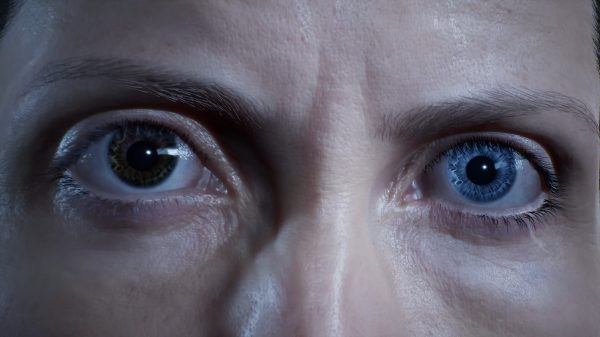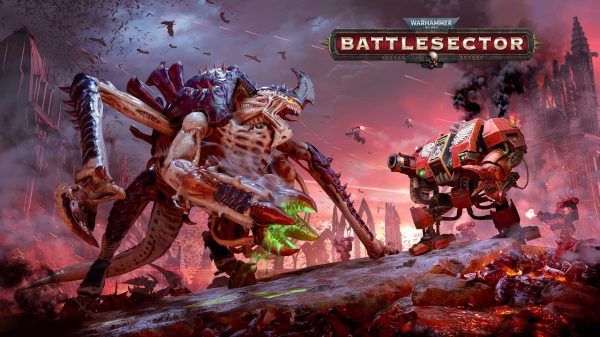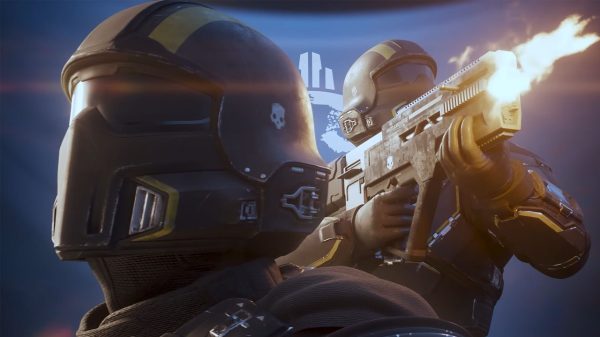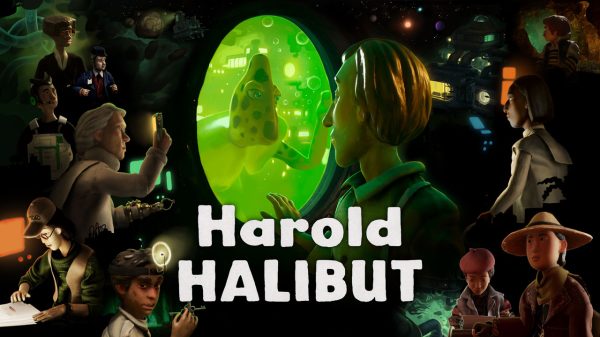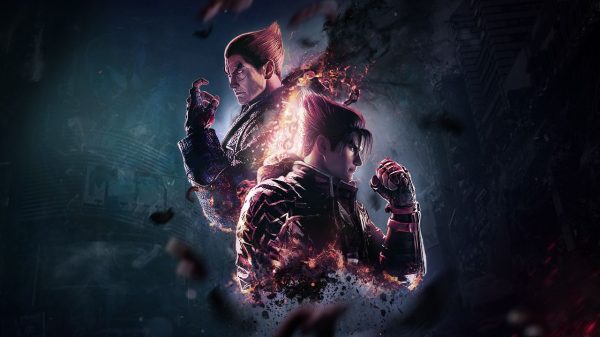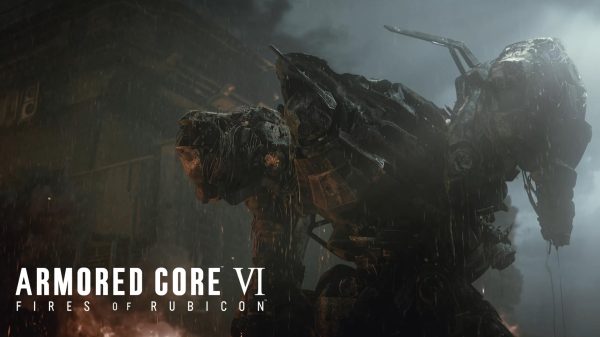Dark Souls was first released for us Western folk during October 2011 (September for the Japanese release) and behaved as a spiritual successor to the PS3 exclusive, Demon’s Souls. Over the course of the last four and a half years, the series has seen but two releases, but following the release of Dark Souls II during March 2014, developer FromSoftware also gave us their critically acclaimed new IP, Bloodborne. So we find ourselves in April 2016 with Dark Souls III, and according to director Hidetaka Miyazaki, it will be the last instalment into the series.
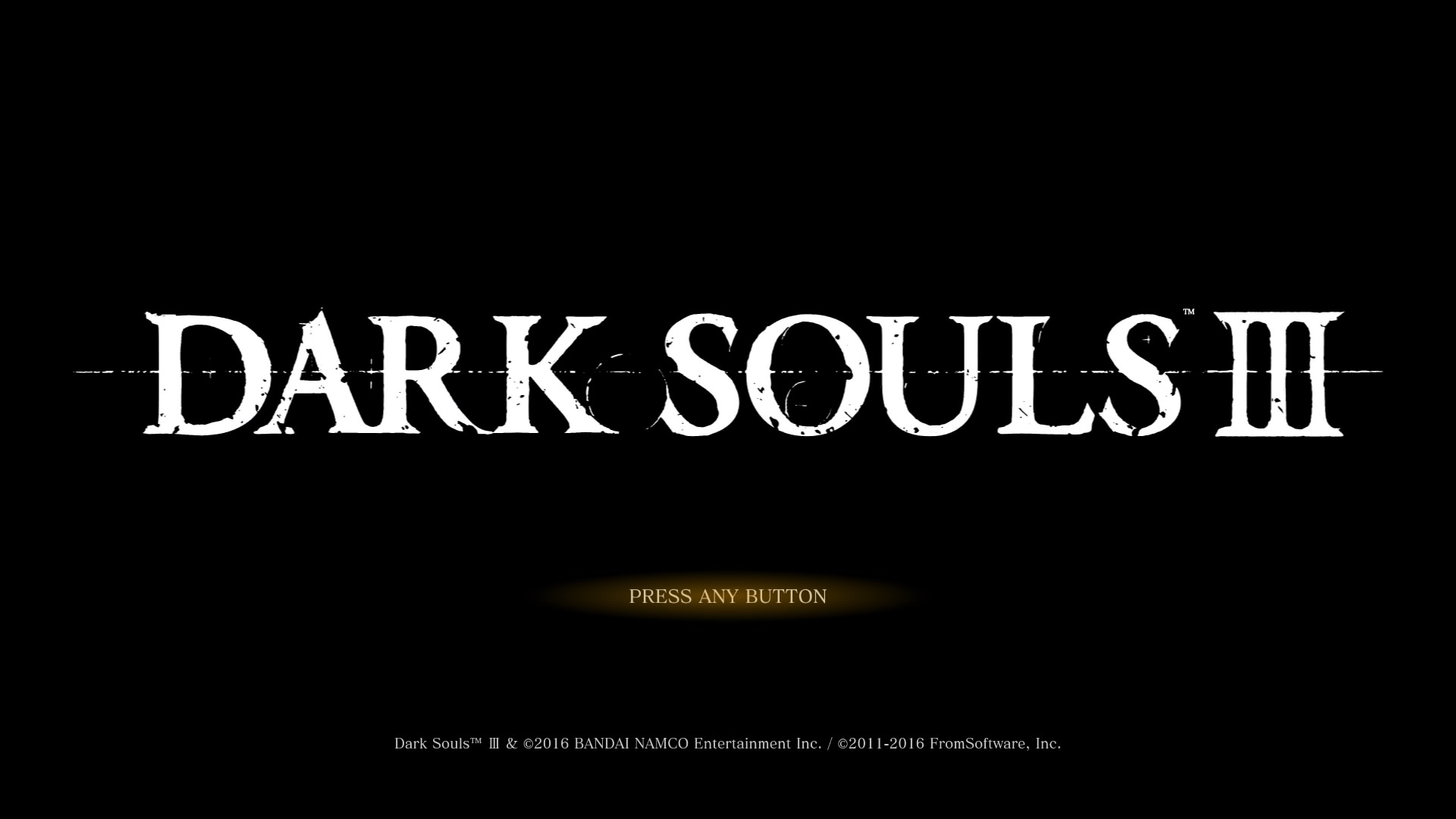
Prepare To Die!!!!!
Dark Souls III is a third-person action RPG developed by FromSoftware and published by Bandai Namco Entertainment. The game is set in the land of Lordran (where the first Dark Souls was set) and puts the player in control of an undead character referred to as The Ashen One. As usual, the game introduces its plot via a cinematic prologue. This gorgeous prologue helps with setting the tone for the whole game, and this final entry really does feel like it’s a satisfying culmination of all the events that have preceded it. The prologue explains that your character has the task of finding the Lords of Cinder who have fled from their respective thrones, with your goal being to return them. The game doesn’t really talk too much about the events of Dark Souls II but there is still a lot of references to it like the mascot Faraam Armour or the Drakeblood Armour (which was featured in the Crown of the Sunken King DLC Expansion). As someone who has a fairly deep understanding of the story for this series, I found it to be quite a great tale, as it perfectly captures the whole cycle of life and death that the world goes through. Areas that were once recognisable are now foreign unless you truly understand the topography of Lordran, and even then, realising where you are makes you understand just how long ago the events of the first Dark Souls were. Item placement makes perfect sense and also gives clues as to where you are, however it may not necessarily click when you pick up said items unless you keep your wits about you.
In terms of gameplay, Dark Souls is as good as it has ever been. The speed of general gameplay has been ramped up and you can definitely tell here that the success of Bloodborne has played a major part in determining the gameplay design. Enemies are a lot quicker and hit very hard. In some cases, the enemies’ move sets are relentless, leaving little to no time for your standard Dark Souls counter attack. But this again is where Bloodborne’s success has come into play as enemies’ poise (a stat which determines how often an enemy or person will stagger when being attacked) has been lowered, much to my surprise. This emphasises the benefits of a more aggressive style of play, as flurries of attacks are more easily executed (and are indeed encouraged), especially towards most of the enemies in the introductory areas of the game. A lot of the difficulty of this instalment actually stems from how challenging the normal enemies can be. I often found myself getting destroyed by weird movement patterns, or getting hit by attacks which felt like they were moves from bosses with the amount of health they would remove from my gauge.
But I know what you are thinking: “Who cares about the enemies? I want to hear about the boss fights!” You will be pleased to know that the boss fights which have been put into Dark Souls III are all masterfully designed and quite memorable. Even the introductory boss, Iudex Gundyr (which was honestly a bit of a pushover), has some great design elements. Going by my playthrough (I’m sure there are things that I missed because FromSoftware have a particular way of hiding secrets inside their games) there are close to twenty bosses (that’s including optional bosses) all intent on ruining your day. Though they were all eventually conquered, there were a few which certainly made me pull my hair out. Although I won’t reveal the name, let’s just say there’s someone special waiting for you at Archdragon Peak who will make you feel like a noob all over again. I easily spent a solid eight hours trying to down this foe, but once I did there was a huge sense of elation which coursed throughout my body. As much as I hated this fight because I found it so difficult to rise to its challenge, I have to admit that it was extremely well done. The Dark Souls series has an uncanny ability to throw near insurmountable tasks your way but always manages to be fair enough that you can only really blame yourself for your inadequacies. All-in-all, this is the hardest Dark Souls game I have played by far.
Dark Souls III introduces a few new mechanics that further enrich an already tight combat system. Firstly, FP or Focus Points serve as the mana of this game; spells, miracles and pyromancies now rely on having sufficient FP to cast rather than having a set number of casts. FP is displayed with a blue bar in-between the health and stamina gauges. The size of the FP gauge is determined by your Attunement stat; the higher it is, the more FP you will have. There are various means of restoring FP outside of resting at a bonfire (for the uninitiated these serve as the game’s checkpoints and are the only place you’re truly safe). Some items allow you to regain some FP by various actions like achieving critical hits or just getting kills in general. However, the main way to regain FP is by using a new Estus Flask named Ashen Estus Flask. Much like the regular Estus, uses can be increased by reinforcing the flask with Estus Shards and strengthened by burning Undead Bone Shards. But here is where the blacksmith NPC comes into play, as reinforcing is performed here and you can allocate your Estus Flask uses to either replenish health or FP.
In my one playthrough I managed to find ten Estus Shards and eight Undead Bone Shards, and as always, fully exploring your environments will always yield rewards such as these. Weapon Arts are a new mechanic that also rely on your FP. They are performed generally by two-handing a weapon and pressing the parry button. In some cases holding the parry button is required and then you can choose whether to use your light or heavy hit. Everything has some form of weapon art or skill and it varies depending on the type of weapon you’re wielding. For instance, shields usually have either parry, weapon skill (when pressing the parry button it’ll immediately use your right hand weapon’s skill) and shield bash. I used everything for the shields except for the shield bash as that usually requires a heavier greatshield which I am not a particular fan of. Staff weapon arts usually apply some form of buff to your sorceries, and talismans and chimes will either give slow restorative powers or higher poise when casting miracles. There are many weapon arts to discover and experiment with, and it gives further depth to the character builds you can create.
Visually, this game appears to use the same engine as Bloodborne, and while they aren’t the best of graphics, they are still beautiful. Skyboxes and backgrounds are immaculate, and the visual details in the diverse areas are superb. The great art design works in tandem with the intelligent level design. The way everything connects between areas brings me so much joy as smart level design is something that was really lacking in Dark Souls II, especially when compared to its predecessors. Areas like Irithyll of the Boreal Valley are simply amazing as natural lighting is very well utilised, with beams of light shining through openings and around buildings. It took my breath away to see just how much beauty can be put into what is essentially a dead (or dying) world. Rooms aren’t incredibly dark for no apparent reason like they were in Dark Souls II (this issue was mainly present in the remaster, Scholar of the First Sin) and torch lighting illuminates the environment well and throws flickering shadows across the interiors. Audio design is something else that FromSoftware have proven themselves the masters of time and time again, and this is no different. Enemies let out terrifying screeches and bosses let out blood-curdling roars. The sounds and visuals of the bloodletting you will be doing copious amounts of appear to have been inspired by Bloodborne to good effect. There’s a great sense of physical connection as your weapons carve through enemies with that sickening wet sound of steel on flesh. Even the screams let out by your character when they die are terrifying as you can hear the agony (as well as feel your own), especially when it’s a result of being killed with fire damage or poisoning.
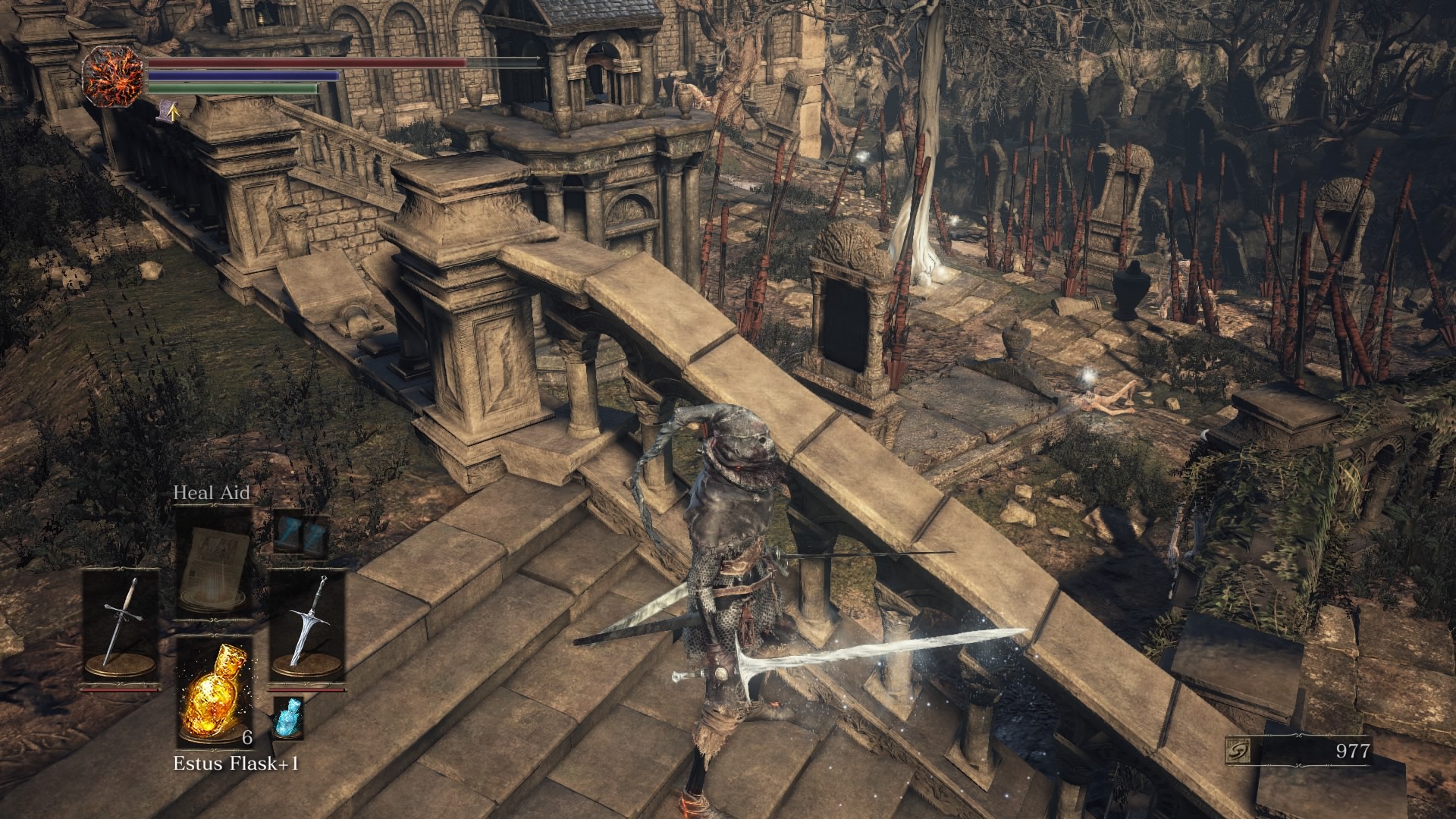
Once again, FromSoftware have shown that the composers in charge of the soundtrack are some of the best in the business, as music never feels out of place. Every piece feels like it has been handcrafted to perfectly fit each scenario. Boss music is epic when it needs to be, but once again, the typical loud, dense music can be contrasted with melodic, sombre scores that tug at the heart strings while you chip away at a boss’ health. The music for the final boss fight perfectly captures the scenario as it goes from epic to sombre in a matter of seconds. There is an Easter Egg to the final boss music, but I will not give it away what it is as it might spoil some of the juicy plot. It should also be noted that the music for the hub area (Firelink Shrine) changes once you initiate the ending. In a move I am in favour of you are not forced you to enter NG+ either, something that mildly bothered me in Bloodborne and Dark Souls.
There isn’t really too much wrong with the game on the technical side of things, the frames are fairly stable, and there weren’t areas that caused them to dip like the infamous Blighttown from Dark Souls. There is the odd hiccup here and there but it is rather negligible in the broad scheme of things. In saying that, one of my main issues with the game is that when you die, everything that can be reset (Estus Flask uses, health, FP etc.) will be reset, with the odd exception of your gear’s condition (as was introduced in Dark Souls II, gear takes damage and resting at a bonfire repairs it); it requires that you manually rest at a bonfire to restore its condition. This may not seem like a large issue seeing as you always spawn at a bonfire, but having to rest at one just after you have died just seems counterproductive and if you don’t keep tabs on it, it can cause weapons to break. You wouldn’t be too happy about that if that happened during a boss fight. I’m not sure as to whether this is a design choice or a bug, but only time will tell. The game did crash on me a few times so I would be vigilant. It’s likely that some of these issues will be fixed in the day one patch.
Unfortunately, I didn’t get to fully test the multiplayer of the game so I’ll refrain from commenting as any preliminary judgement based on my experience prior to the full release may not apply once it launches. Expect an updated review of the multiplayer post-launch.
Final Thoughts
With its superb art and sound design, memorable boss fights and smart use of the cyclic themes of life and death and fire and darkness, Dark Souls III is a finely crafted experience that serves as a fitting end for this brilliant series. By introducing successful new mechanics like the FP gauge and Weapon Arts, FromSoftware and Hidetaka Miyazki have shown how time and dedication can make a truly great game. For Souls veterans, Dark Souls III won’t treat you very nicely, as the enemies seem to have taken athletics classes from Gherman, The First Hunter. It may take a couple of tries to get used to the pace, however the game will teach you if you have ears to listen and eyes to see, and this is its greatest strength. Triumph will likely not come easily, but when it does it is pure ambrosia. While Dark Souls III is the first game that at one point managed to break my spirit, I loved every minute of it.
Reviewed on PS4
For newcomers to the series, here is a “how to play” video to help get you started
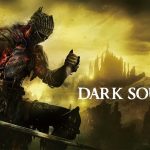
- FromSoftware
- Bandai Namco Entertainment
- PS4 / Xbox One / PC
- March 24, 2016



Jordan lives and breathes Dark Souls, even though his favourite game is Bloodborne. He takes pride in bashing his face on walls and praising the sun. Hailing from the land of tacos, he is the token minority for WellPlayed.






